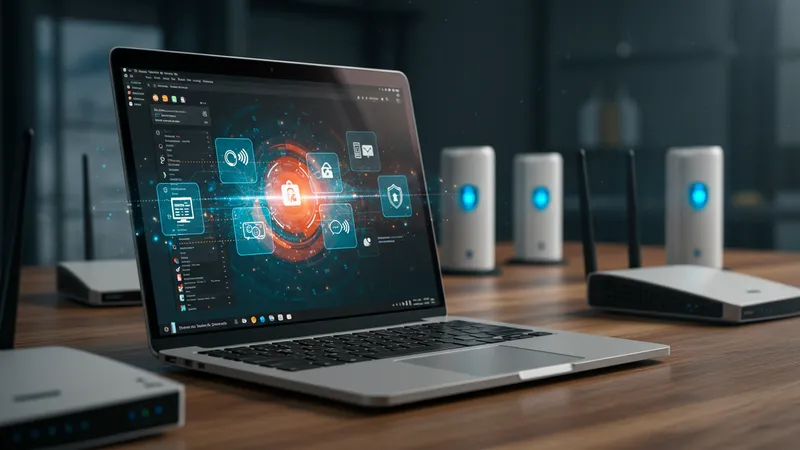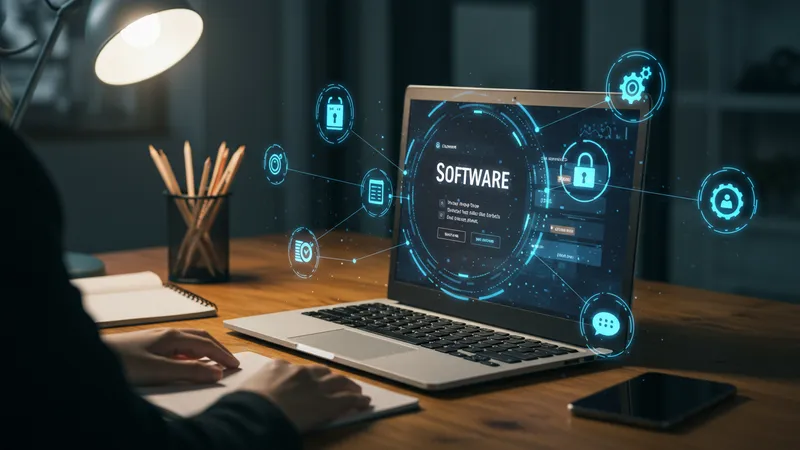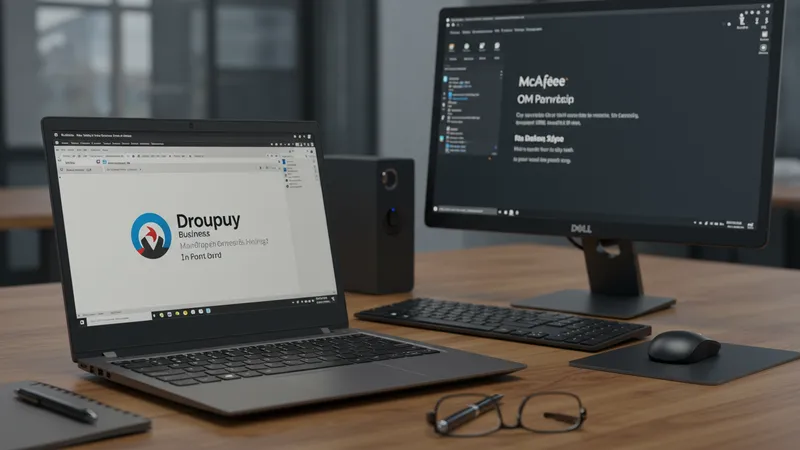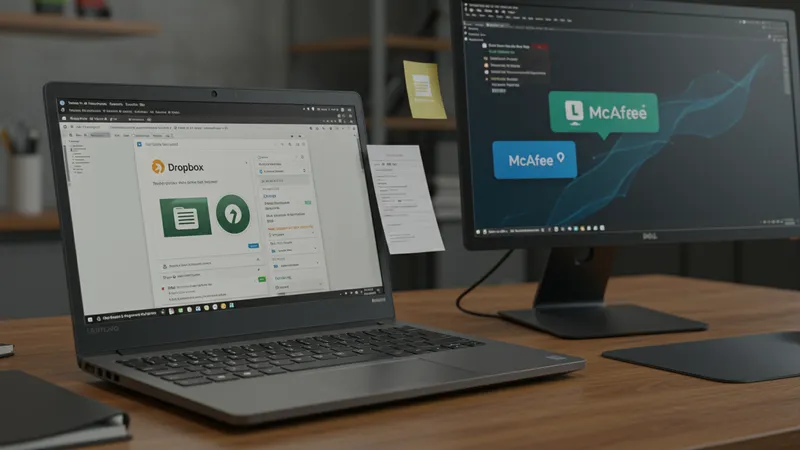

Imagine having your software seamlessly integrated with another company’s product before it even reaches the end user. This approach, known as OEM software bundling, empowers software developers and vendors to place their applications directly into new hardware or partnered digital products, multiplying exposure and increasing user adoption rates. It’s a method designed for mutual growth—hardware providers enhance their offering with valuable new features, while software creators see their user base expand far beyond traditional marketing channels.
At its core, OEM software bundling means that your application becomes a natural part of a larger ecosystem, such as a laptop bundled with productivity tools or routers pre-installed with cybersecurity suites. This strategy allows smaller vendors to reach fresh audiences and leverages the reputation and reach of established brands to generate credibility and user trust. By crafting smart bundling solutions, both providers generate combined value that resonates deeply with today’s tech-centric consumers.

OEM software bundling accelerates discoverability, giving software products an unprecedented advantage in crowded markets. For example, Dropbox found that partnering with hardware brands resulted in tens of millions of new customers. Lenovo laptops, when shipped with pre-installed Dropbox Business, offer purchasers instant cloud storage solutions, reducing setup friction and offering clear added value at the point of sale.
Security remains a decisive factor for users, and pre-installing trusted antivirus packages, such as McAfee on Dell desktops, reassures buyers while equipping them with out-of-the-box protection. This not only adds tangible worth but also demonstrates how bundling can shape user perceptions regarding safe and ready-to-use computing environments.
Unlike standalone sales channels, strategic OEM bundling leverages the distribution power of the device manufacturer. A single agreement can translate into millions of users exposed to your application. Microsoft’s alliances to install the Office Suite on HP devices have dramatically expanded its reach into educational and business sectors without the need for traditional promotional campaigns.
Financially, effective OEM bundling can improve licensing revenue and foster long-term brand loyalty—a dual advantage made possible by baked-in exposure. Software creators and device manufacturers develop co-marketing efforts, utilize data-driven user insights, and forge multi-year contracts, maximizing value for both sides and enhancing the end-user’s overall experience.
As we explore the complexities of smart OEM software bundling, the finer points of partnership structures, user expectations, and new opportunities for innovation come sharply into view. The deeper details reveal even more valuable insights ahead…
One of the most prominent benefits of OEM software bundling is rapid expansion into new user bases. Instead of spending extensive resources on acquiring individual customers, software developers ride alongside hardware sales, tapping into pre-existing customer relationships. This synergy streamlines the onboarding process, especially in competitive markets where first impressions and ease of access are critical factors for adoption.

Another significant advantage is the elevation of perceived product value. When a user purchases a device that arrives with premium tools or enhanced security already installed, their sense of satisfaction and trust in both brands increases. Over time, this translates to higher engagement rates and positive feedback—key drivers in sustaining a robust brand reputation in a tech-savvy audience.
Data gathered from bundled products also delivers unique insights. For instance, by analyzing usage patterns from Microsoft Office Suite on HP devices, both companies gain actionable intelligence about what features matter most to real users. These analytics guide further product development and allow for more finely-tuned marketing campaigns that speak directly to the end-user’s needs.
Ultimately, OEM bundling fosters lasting business relationships. Long-term contracts, like Dropbox’s partnerships with global hardware brands, often pave the way for deeper strategic alignment, joint product launches, and shared marketing resources. This collaboration can fuel mutual growth and innovation, creating a virtuous cycle that extends well beyond the initial integration.
Effective OEM bundling starts with identifying compatible hardware partners. For software companies, the focus should be on aligning with devices that target similar end users. Take the example of Dropbox Business installed on Lenovo laptops: both brands cater to enterprises and professionals, resulting in logical synergy and a smooth onboarding experience for newly delivered laptops.

Negotiating the terms of an OEM agreement involves careful planning. Companies must decide whether to include a permanent software license or a trial version with upgrade options. McAfee’s partnerships, for instance, often feature time-limited antivirus trials on Dell desktops, converting a percentage of users to paid plans after experiencing the product’s value firsthand.
Compliance and technical integration are essential steps in the bundling process. Ensuring the software is compatible with hardware specifications, user privacy is maintained, and updates are easily accessible are all critical to avoiding post-sale support issues. Microsoft and HP’s collaborations underscore the necessity of deep technical alignment before roll-out to minimize end-user frustrations.
The roll-out strategy often involves synchronized marketing and support. Both brands typically announce the partnership through their channels, provide clear onboarding instructions, and offer co-branded customer service portals. This unified approach reassures users and smooths the path to adoption while reinforcing each company’s commitment to the overall experience.
User engagement peaks when software adds immediate and tangible value at the moment a new device is turned on. Dropbox’s integration into Lenovo laptops ensures users can set up and store important documents within minutes, eliminating initial setup hurdles. This convenience incentivizes users to rely on the bundled application as a default part of their workflow.

Bundling also creates post-purchase touchpoints. For instance, antivirus solutions like McAfee can notify Dell desktop users when protection needs renewal or upgrading. These integrated prompts build long-term interaction cycles, keeping users connected with both the software and hardware brands even after the sale is completed.
Feedback loops are vital for improvement. Both software and hardware partners can monitor user satisfaction and troubleshoot issues rapidly. Microsoft tracks user data from Office Suite bundles to refine tutorials and support resources, helping customers get the most from the installed applications and minimizing barriers to deeper product utilization.
Finally, proactive in-app communication and update mechanisms make it easy to introduce new features, product tiers, or cross-promotional content. Keeping downtimes minimal and ensuring updates do not disrupt the integrated experience is a cornerstone practice for sustaining engagement and user loyalty in successful OEM software bundles.
Cloud connectivity is increasingly shaping the direction of OEM software bundling. Partnerships now prioritize seamless syncing, remote management, and scalable collaboration tools. As demonstrated by Dropbox collaborations, cloud-first solutions enable users to access productivity features from anywhere, enhancing perceived utility and potential cross-platform stickiness.

Sustainability is gaining ground as a valued differentiator. OEM partners are looking for software that optimizes device efficiency and lifespan, minimizing unnecessary installs and background processes. For example, pre-installed applications that enhance device security or power management are favored, aligning with eco-conscious consumer preferences and governmental guidelines.
Customization now extends to user profiles and preferences, allowing bundled software to adapt dynamically as users interact with their new devices. This trend is evident in Microsoft’s ongoing development, where Office Suite applications tailor features and in-app guidance based on observed behavior, driving satisfaction and relevance from the moment of activation.
Looking forward, artificial intelligence and machine learning are set to revolutionize how OEM software bundling solutions are conceived and delivered. Advanced analytics will identify ideal bundle combinations, personalize offerings, and provide predictive support—solidifying OEM bundling as an enduring cornerstone of wider-reaching, user-focused software distribution strategies.